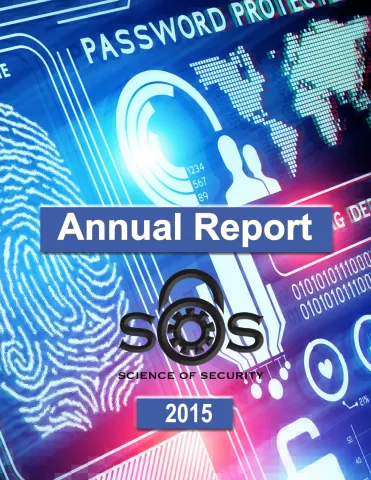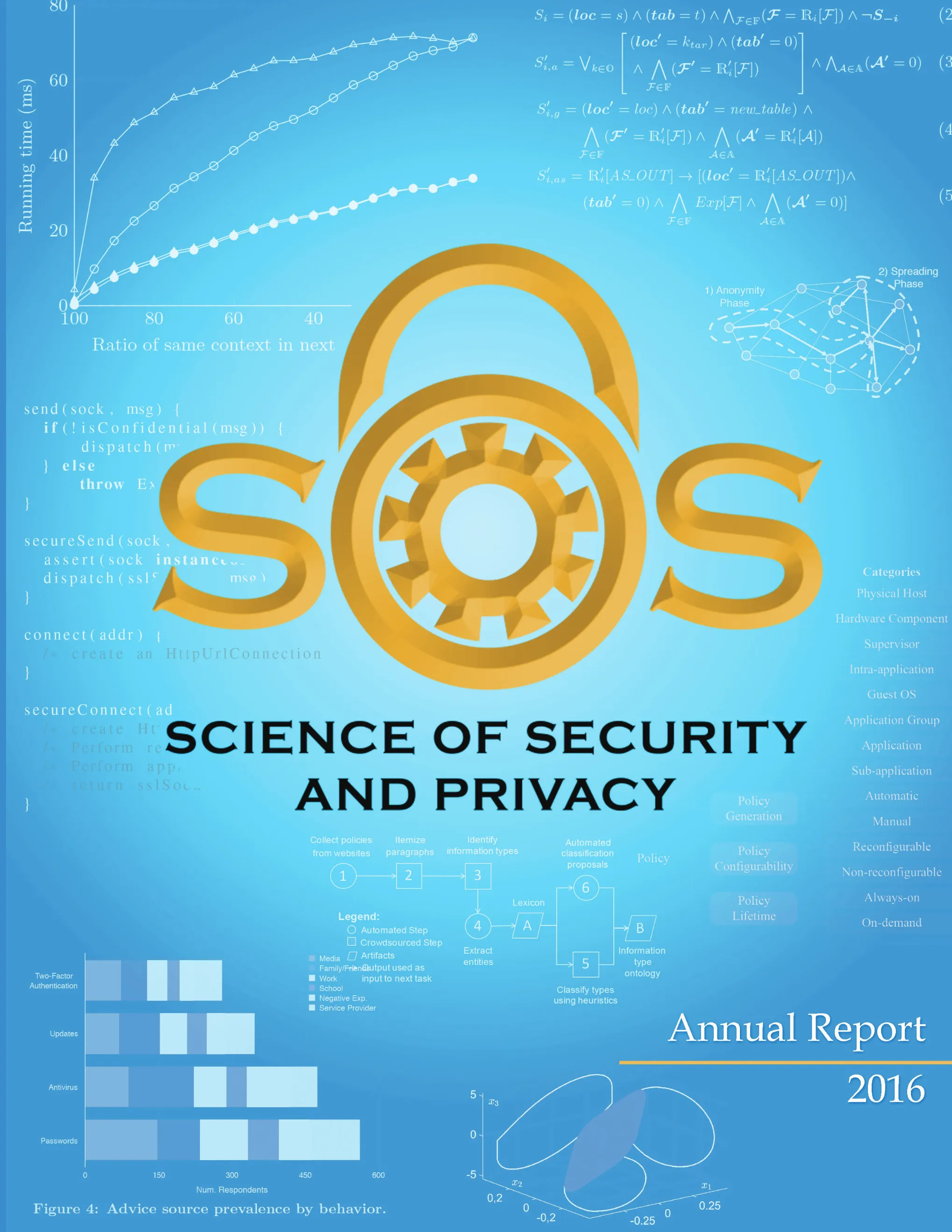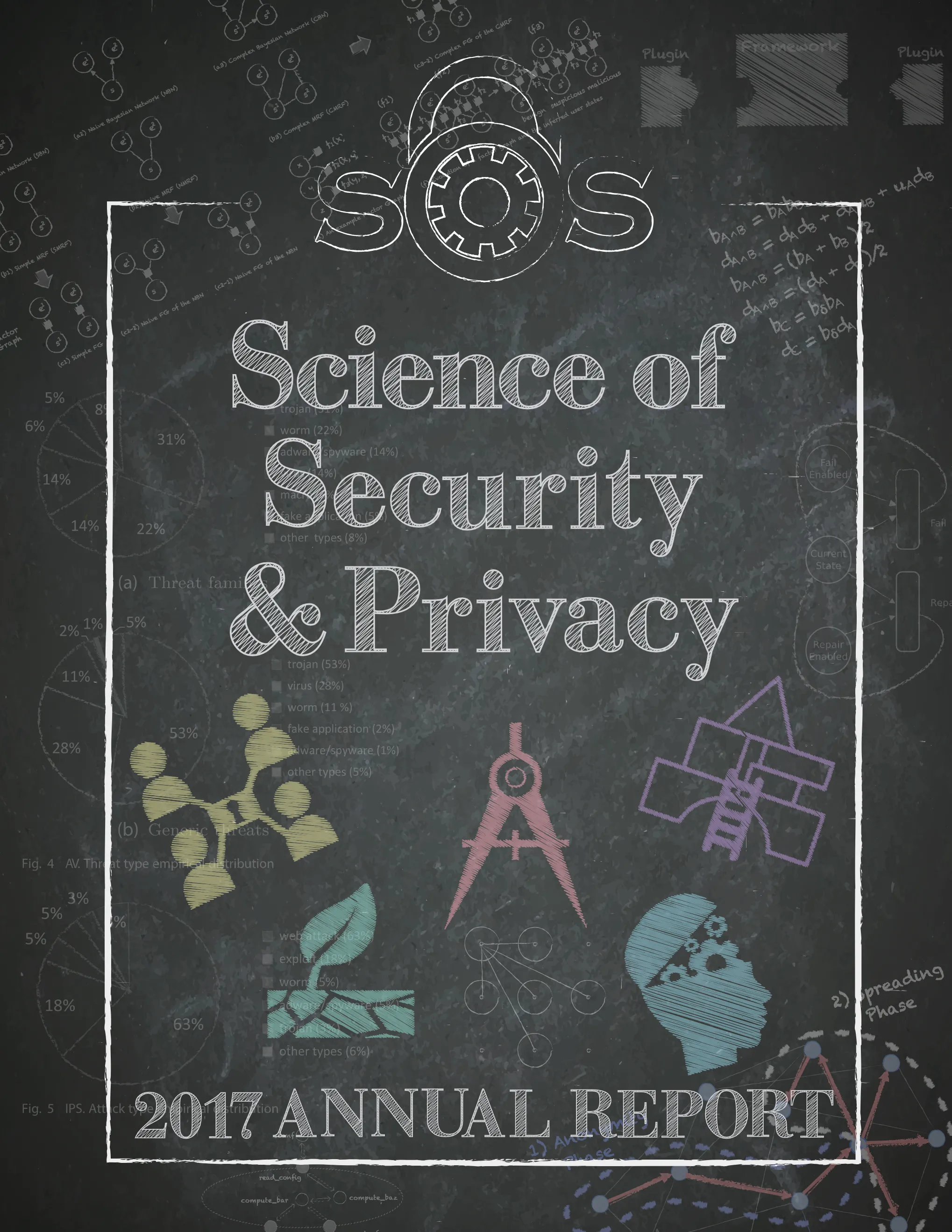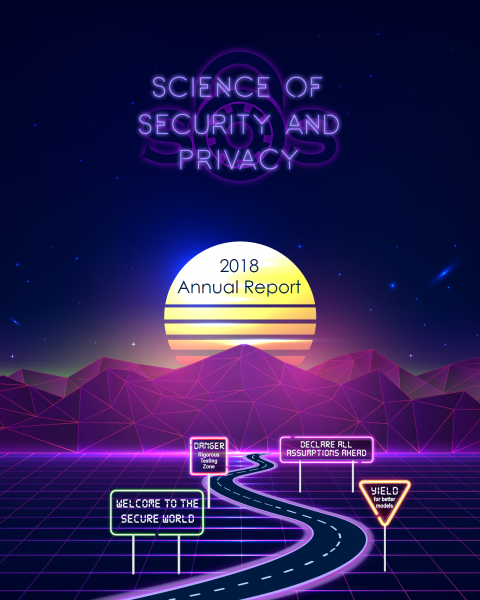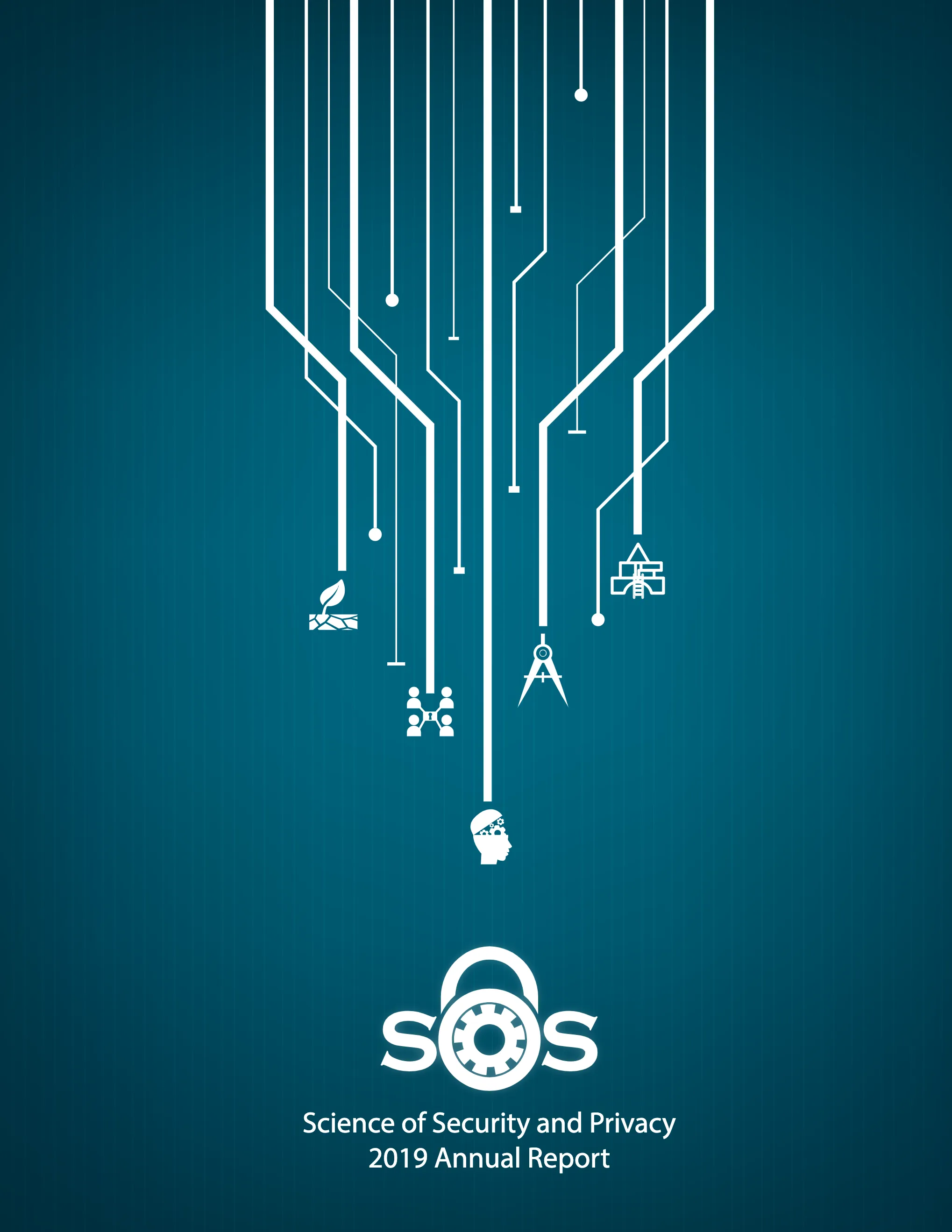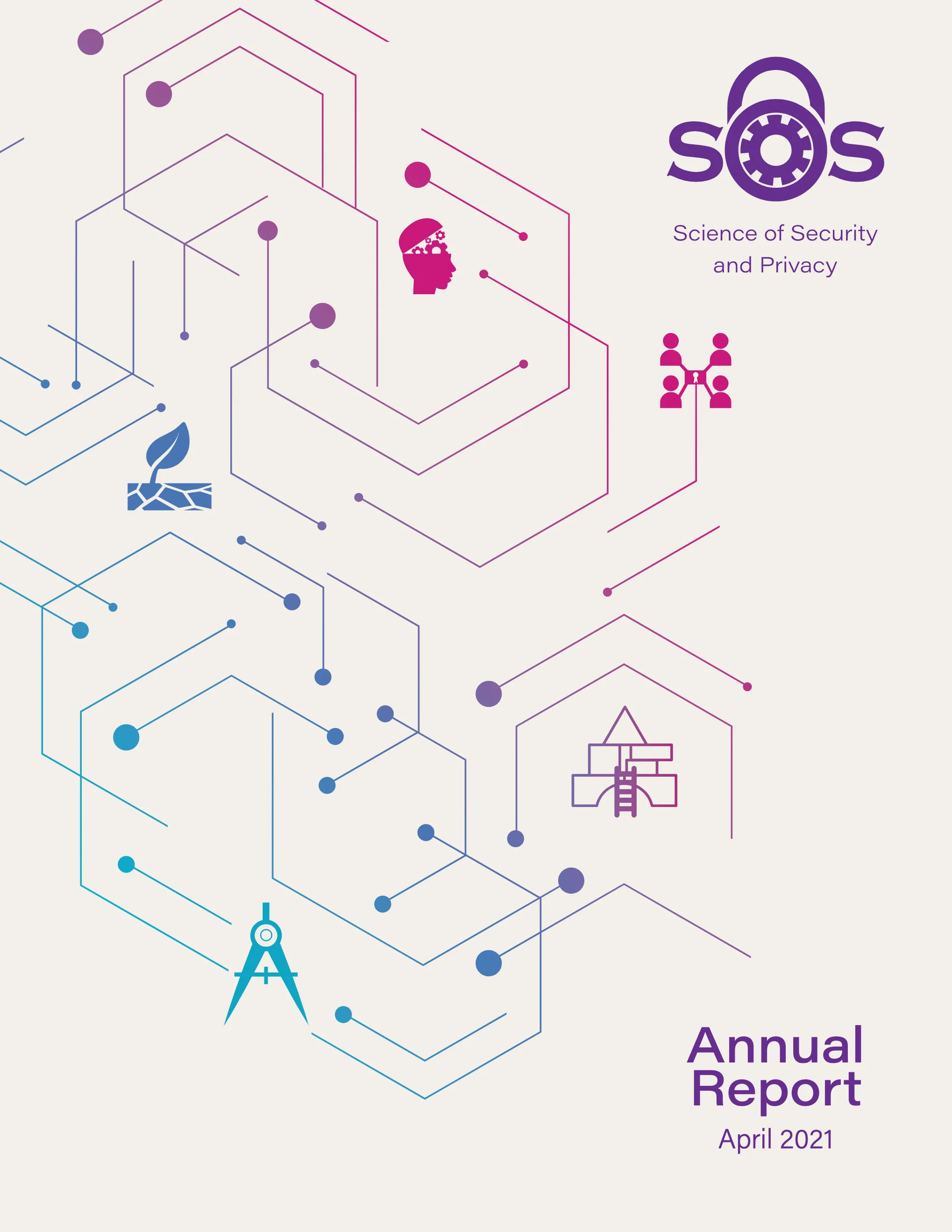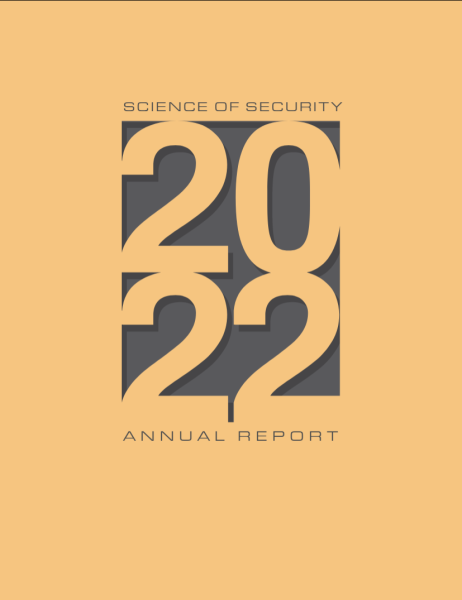Mission & Goals
Critical cyber systems must inspire trust and confidence, protect the privacy and integrity of data resources, and perform reliably. To tackle the ongoing challenges of securing tomorrow’s systems we must develop the scientific underpinnings of security to understand what is possible in that domain as well as develop a collaborative community of researchers from government, industry and academia. As part of that effort NSA began funding academic “Lablets” in 2012 and has shifted to the current Virtual Institutes (VI) model as of 2023 focused on the development of a Science of Security (SoS) and a broad, self-sustaining community effort to advance it. A major goal is the creation of a unified body of knowledge that can serve as the basis of a trust engineering discipline, curriculum, and rigorous design methodologies. The results of "Virtual Institutes" research will be extensively documented and widely distributed through the SoS Virtual Organization. Our intention is for the SoS VO to be our primary resource for describing VI research, and for creating a broad community effort to advance security science.
The SoS initiative has documented Selected Notable Publications in the SoS community. This list is hardly complete, but a useful reference.
Virtual Institutes
The National Security Agency Research Directorate sponsors the SoS Virtual Institutes (VI's) for advancing foundational research in the areas of: Trusted Systems, AI and Cybersecurity, and Defensive Mechanisms. The institutes are structured so that projects can be added or retired as the respective field advances. The VI model helps foster collaboration within and across topic areas between the academic institutions who are completing the projects and the assigned research liaisons.
Hard Problems





Annual Reports
Previously Funded Research Lablets
SURE Project
Mission and Goals
The project on the System Science of SecUrity and REsilience for cyber-physical systems (SURE) ran from 2014 to 2018, with the goal of developing foundations and tools for designing, building, and assuring cyber-physical systems (CPS) that can maintain essential system properties in the presence of adversaries. The technology base of SURE will provide CPS designers and operators with models, methods, and tools that can be integrated with an end-to-end model-based design flow and tool chain.
